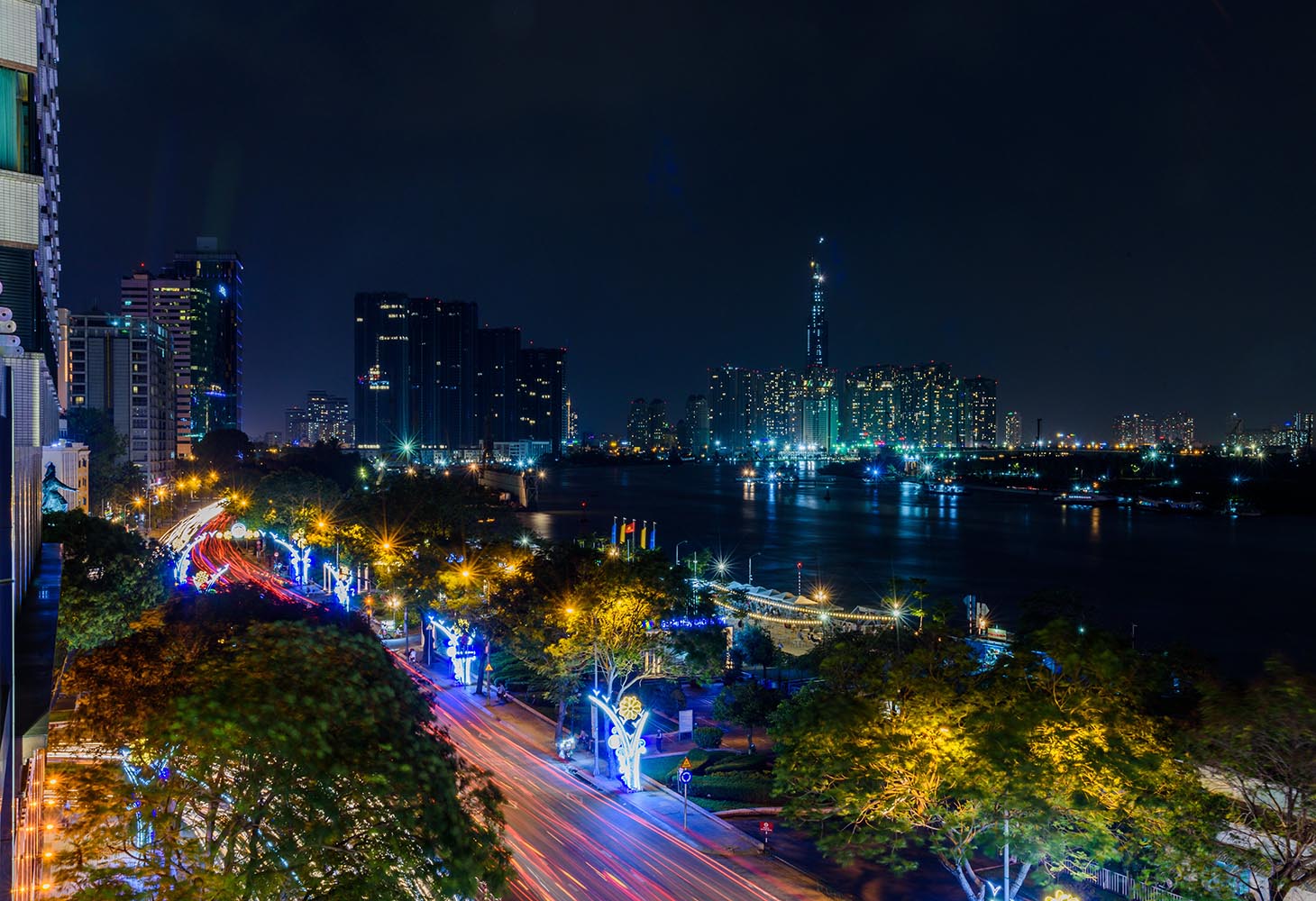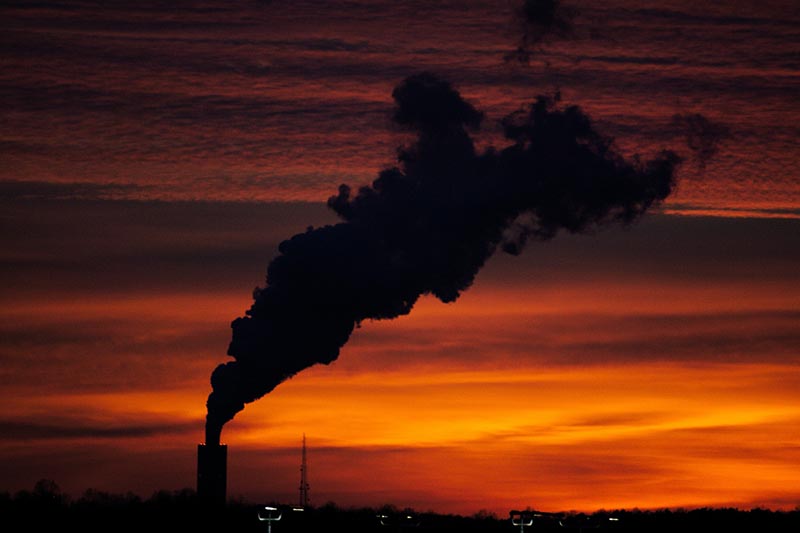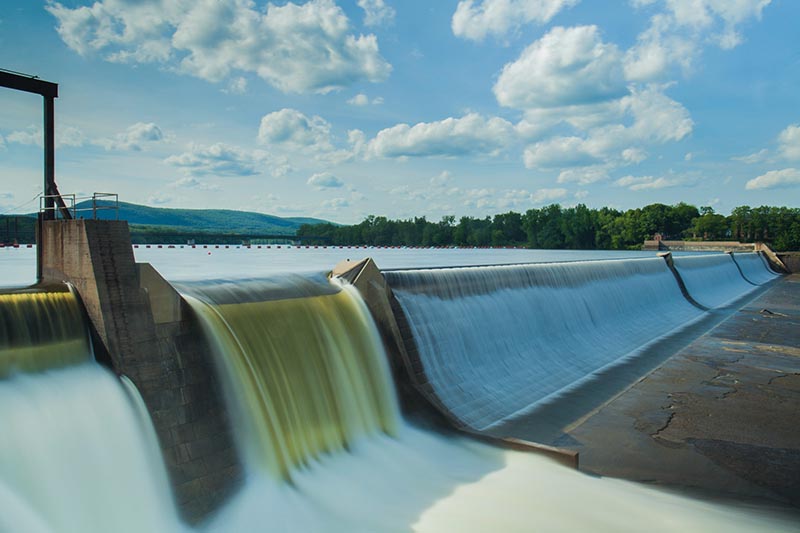
Net-zero power: Southeast Asia faces daunting, but doable, task
According to a report by the Asian Development Bank (ADB), developing economies in Asia will return to growth this year, thanks to a rebound in domestic demand and expanding imports. The Asian Development Outlook 2022 expects growth of 5.2% this year and 5.3% in the subsequent 12 months. The outlook also indicates that several sub-regions, including South and East Asia, will return to the economic growth rates witnessed before the abrupt arrival of the Covid-19 pandemic.
Southeast Asia is one of the world’s fastest-growing markets and is on track to become a future powerhouse of the global economy. Energy demand in the region is projected to increase around 3% per year to 2030 under existing policy settings, according to the fifth edition of the International Energy Agency’s (IEA) Southeast Asia Energy Outlook.

However, a growing appetite for energy in Southeast Asia also comes with a side serving of vulnerability. The region continues to be heavily reliant on fossil fuels with three-quarters of energy demand increases to be met by fossil fuels. This worrying scenario would deliver a 35% rise in carbon dioxide emissions in the region, compared to 2020 levels.
Vulnerability extends beyond greenhouse gas emissions to include fuel imports and energy security. Southeast Asia is already saddled with a net oil import bill upwards of USD50 billion, which could multiply if high commodity prices endure. The geographical region is also one of the most exposed to climate-induced extreme weather events. Clear planning and decisive action are required to accelerate the region’s energy transition towards renewables.
Net-zero commitments are proliferating around the globe. Eight of the 10 member countries comprising the Association of Southeast Asian Nations (ASEAN) have pledged to become carbon neutral by 2050. Indonesia has announced it will achieve net-zero by 2060, leaving only The Philippines to undertake a net-zero commitment. The Philippines is currently targeting 35% renewable power by 2030 and 50% a decade later.
A level of cynicism exists around the ability of some developing nations to curb greenhouse gas emissions and transform their fossil fuel-laden power systems. In the case of Southeast Asia, there is an absence of firm measures to achieve their ambitious targets. Existing Power Development Plans (PDP) are misaligned with net-zero targets and provide scant detail on coal phaseouts and how individual countries intend to capitalise on untapped renewable energy potentials.
However, a recent report on Rethinking Energy in Southeast Asia by Wärtsilä Energy suggests that net-zero in Southeast Asia is not a distant possibility. Affordable, reliable net-zero power systems are within reach. In fact, the report indicates that power systems in Southeast Asia can smoothly transition to net-zero by mid-century, slashing emissions and at a cost that is lower than running existing power systems when considering likely future carbon taxes. Wärtsilä Energy also provides a clear roadmap for the rapid expansion of renewable energy in the next decade.
Wärtsilä is a global leader in innovative technologies and lifecycle solutions for the marine and energy markets. The report is designed to help Southeast Asian countries determine the optimal power systems for the future and is based on power system modelling in three major Southeast Asian power systems: Vietnam; the island of Sulawesi in Indonesia; and the island of Luzon in The Philippines. These regions reflect different geographies, societies, and power systems, which the authors believe can be translated throughout Southeast Asia.

It is technically and commercially feasible to achieve net-zero emissions for the Southeast Asian power systems using a mix of technologies and sustainable fuels, says Wärtsilä. All the required technologies already exist at commercial scale, they say.
Wärtsilä’s research emphasised the importance of rapidly adding renewable energy using a diverse range of renewable resources including hydropower, wind, solar PV, bioenergy and geothermal. Increasing flexible capacity and the developing sustainable fuels, such as green hydrogen, were also underlined. The “results of our study clearly show by creating renewable and scalable power systems the region can sustain future growth, jobs, and prosper in this new normal of fossil fuel volatility and emission constraints,” said Sushil Purohit, president of Wärtsilä Energy and executive vice president, Wärtsilä Corporation.
To transition to renewables as the primary source of energy, Wärtsilä identified an urgent need to prioritise the phase-out of inflexible fossil fuel assets, such as coal or combined cycle gas turbines (CCGTs), and to facilitate growth in flexible technologies that support the integration of renewable energy and power mix optimisation. The researchers are confident most coal plants in the three regions can be phased out before 2050, with the few remaining deploying carbon capture and storage technology to negate emissions.
Balancing engines and energy storage are required to enable flexibility in the grid and to manage the intermittency of renewables, with sustainable fuels produced from renewable energy, such as hydrogen, used to decarbonise the balancing engines. Fuels will change from baseload to balancing as renewables become increasingly dominant in Southeast Asian grids. The report called for policy interventions to incentivise flexibility and the integration of renewable energy in the developing Asian region.
Renewable-based power systems, backed by grid balancing engines and energy storage, allow Southeast Asian countries to reach net-zero power by mid-century while reducing the levelised cost of electricity (LCOE), says Wärtsilä. Power modelling indicates that Vietnam’s net-zero power system costs 20% less by 2050 than a business-as-usual (BAU) scenario and saves almost USD28 billion per year in forecasted carbon taxes. A net-zero system will cost 23% less in the Philippine’s main island of Luzon by 2040 and Indonesia’s Sulawesi, the 11th largest island in the world, by 2060.
Vietnam currently relies on fossil fuels for half of its power. In net-zero modelling, Vietnam’s power sector emissions peak by 2030 when renewables deliver almost 50% of generation. Though, if key steps are not taken in the coming five to eight years, the benefits of a high renewable power system will not be fully realised, says Wärtsilä. Seven gigawatts (GW) of balancing capacity should be added to the system by 2030, to smooth out the variable supply of renewable power and ensure grid stability. Coal use peaks in the net-zero scenario at 30 GW by 2025, falling to 12% by 2035.

Despite a need to act now, the report notes that Vietnam’s momentum on renewables has stalled recently due to the lack of an incentive mechanism to replace the legacy Feed-in Tariff (FIT) scheme.
Without a clear commitment to net-zero, The Philippines may struggle to attract the investment required to transition to renewable energy. Low-lying and typhoon-prone Luzon’s latest Power Development Plan (PDP) indicates the island will only reach 26% renewable energy by 2030 and 34% in 2040. While some of its major utilities, such as the Ayala Group, have committed to net-zero by 2050, the region is hamstrung by legacy inflexible technology made up of coal power plants and CCGTs.
To lay the foundations for net-zero, Wartsila’s modelling indicates The Philippines must achieve 35% renewable capacity by 2030, with a total solar capacity of 18 GW, from the 11 GW outlined in the latest PDP. Gas will continue to play a role as a transition fuel in Luzon. Wärtsilä’s modelling notes a rapid acceleration in the adoption of flexible gas-based balancing plants, with 1.3 GW needed by 2030. Renewables provide 87% of Luzon’s total power generation by 2050 in a net-zero scenario, requiring 14 GW of balancing power plants and 69 GW of energy storage.
83% of electricity in Indonesia comes from fossil fuels, with a meagre 11% of renewables in the region’s energy mix. A further 15 GW of new coal plants are currently under construction in the region. Adding to Indonesia’s woes is the parallel task of providing universal electricity access by 2024 to the 50 million people that currently lack permanent access to reliable power.
A partial reliance on coal power is inevitable in Wärtsilä’s modelled scenarios, though, coal plants will need to be co-fired with biomass and equipped with carbon capture and storage (CCS) to neutralise their emissions. Sulawesi can reach net-zero emissions in the power sector by transitioning to a 94% share of renewable energy by 2060. The report emphasised the importance of transformational change in next 5-8 years, to avoid missing the boat on this opportunity.
In net-zero by 2060 modelling, newly added capacity in Sulawesi comes only from renewables from 2030 with emissions peaking between 2030 and 2035. Total installed renewable capacity reaches 587 GW by 2060. Planned capacity of wind and solar in the Sulawesi grid is 280 MW and 300 MW by 2030 respectively. However, the report indicates that solar targets should increase four-fold to 1,200 MW.
A combination of renewables, energy storage, balancing power plants running on hydrogen, and lastly, CCS for existing coal plants are required in the net-zero scenario. Indonesia plans to start producing green hydrogen in 2031, with a target for 52 GW of electrolyser capacity in 2060.








